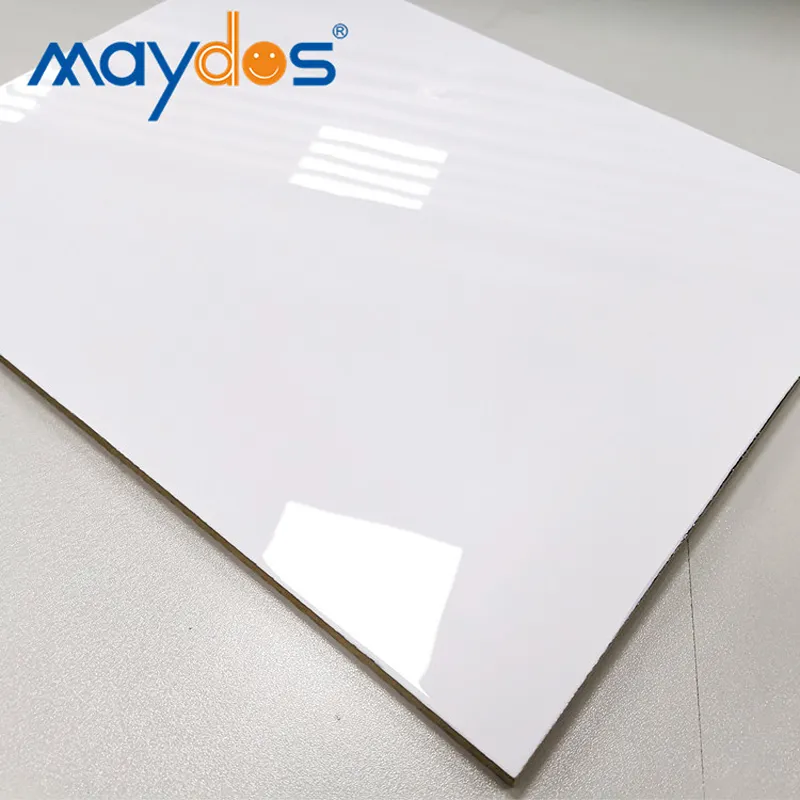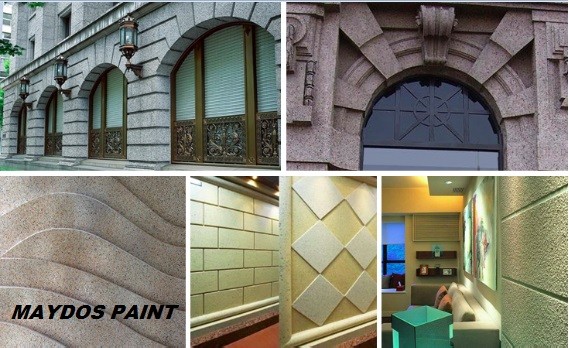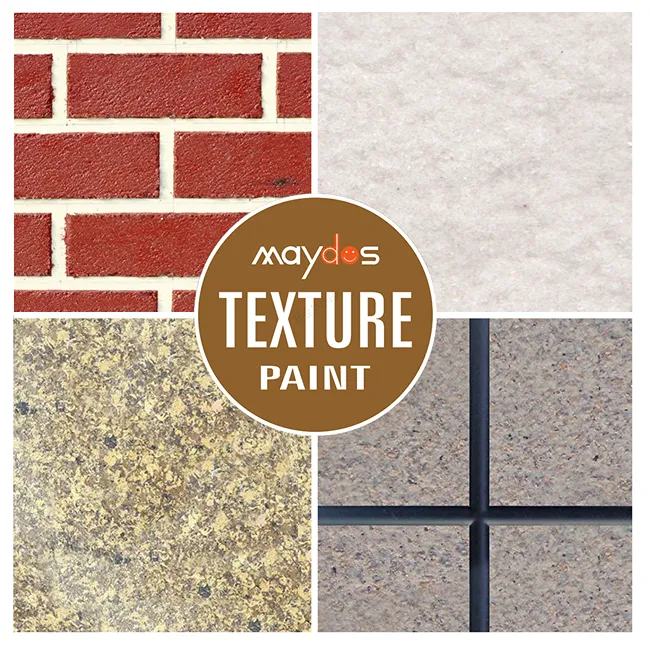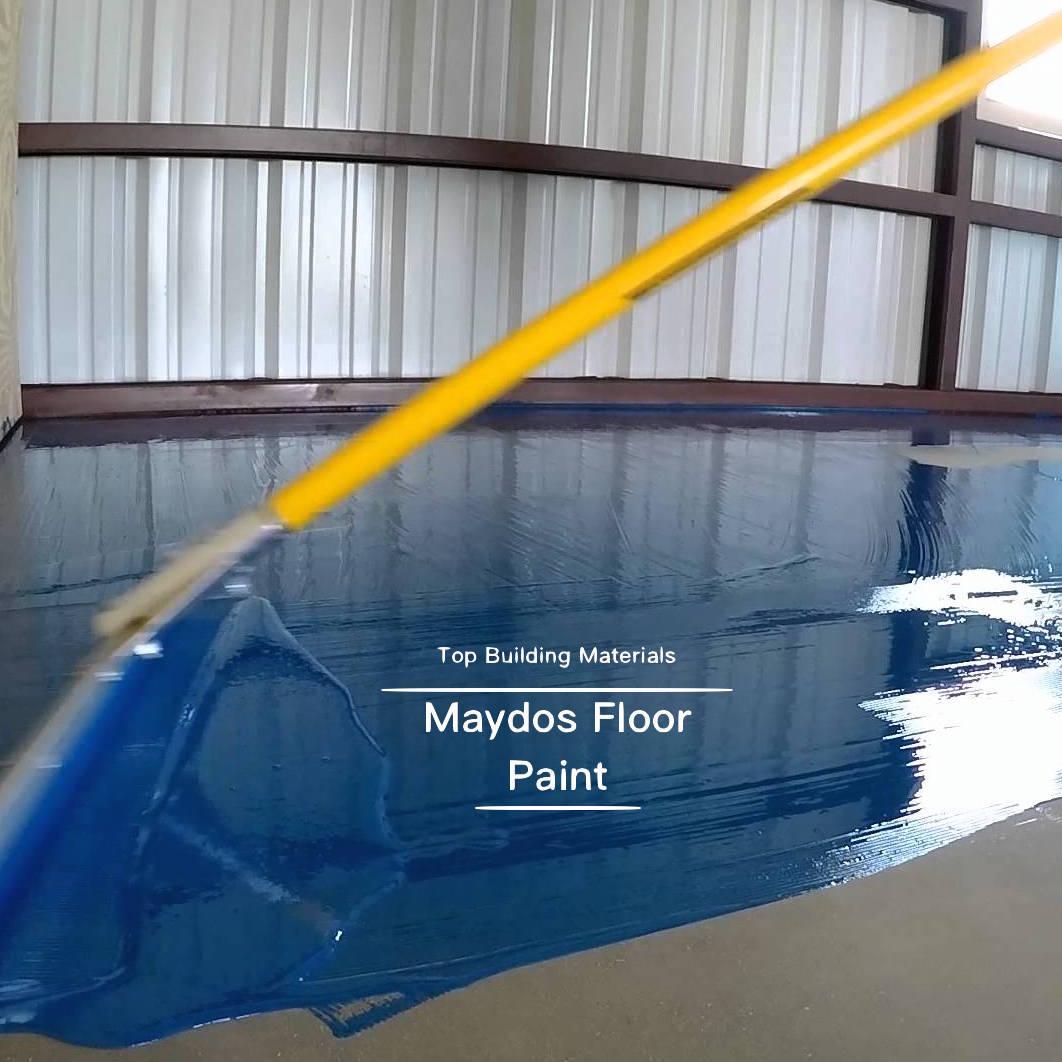Epoxy Floor Paint
When choosing an epoxy floor paint for your floor, there are some things you need to keep in mind. These factors include cost and durability. You should also know how to install the coating properly. This article will provide you with some tips to keep in mind when choosing epoxy floor paint. This article is for informational purposes only, and is not intended to be a replacement for professional installation.
Durability
Epoxy floor paints are one of the most durable types of floor paints on the market. They can withstand more pressure than concrete does and will not crack or break under heavy foot traffic. In contrast, other flooring types are prone to wear and tear due to high traffic and require constant maintenance. Since they are so durable, they save owners a significant amount of money in the long run.
Pot life is an important factor to consider when purchasing an epoxy floor paint. This is the amount of time it takes for the paint to double its initial viscosity. It depends on the temperature of the room, too, as higher temperatures will speed up the chemical reaction. Low room temperatures, on the other hand, will prolong the pot life.
Another benefit of epoxy floors is their high slip resistance. It is a better choice than concrete for slippery floors. In addition, it is less abrasive than other hard flooring. It also protects against chemicals, making it safer than other flooring types. If you are considering an epoxy floor for your home or business, it is worth your time to weigh the pros and cons of the product before making a decision.
When choosing an epoxy floor paint, consider the type of resin you want to use. Some resins are better than others when it comes to chemical resistance, heat resistance, and shrinkage. This makes them a good choice for areas with high traffic. Also, it’s possible to post-cure an epoxy floor paint, enhancing its strength and service temperature.
The first step to applying an epoxy floor paint is to clean the floor thoroughly. It is important to keep the floor dry during this period because epoxy does not adhere well to a damp surface. In addition, a damp floor can cause the paint to peel off. Also, epoxy paint cannot breathe once it has cured, so a damp floor can lead to a need for refinishing and repair.
When properly maintained, an epoxy floor paint can last for years. In residential settings, the average epoxy floor paint can last for 30 years or more. Commercial applications, on the other hand, are subject to a much higher foot traffic, so the paint will wear down more quickly. Nevertheless, some epoxy floors can last for as long as ten years.
One disadvantage of epoxy floor paint is that it requires a long time to dry. It also may need to be reapplied to prevent it from becoming cracked or splotchy. While it is easy to reapply the paint, an improperly applied epoxy will not last for as long as it was intended to.
Another drawback is the lack of UV resistance. If the floor is subjected to high traffic, it may not be able to withstand a long-term exposure to sunlight, requiring additional topcoats every few years. As a result, this type of coating should not be used outdoors.
Costs
The costs of epoxy floor paint vary widely. The amount you pay will depend on how many coats you want, which type of epoxy you choose, and how it’s applied. You can use a squeegee or roller to apply the epoxy to your floor, or you can use a sprayer.
A DIY epoxy floor paint kit can cost anywhere from $50 to more than $600 depending on the size of the area, the type of epoxy, and how many coats you need. You’ll also need to consider additional costs, including labor, supplies, and tools. Additionally, the application process typically requires two people. For a typical project, you’ll need about nine hours of labor, spread out over three days.
After the first coat of epoxy, a second coat is required to protect the flooring from stains and protect it from damage. A second coat will also make the floor feel smoother and more durable. Depending on your desired appearance, you can add grit to the topcoat for a more durable surface. Grit can be made of sand or aluminum oxide, or can be added to the epoxy mixture. Adding mica flakes to the topcoat will add a metallic look to the flooring.
You can estimate the costs of epoxy floor paint by consulting a contractor who has installed flooring with this type of material. There are a few options for pricing epoxy flooring, and most of them are fairly affordable. Just make sure you know what your specific needs are before you begin your project. While it’s easy to determine the total costs, you’ll need to consider the factors that will affect the longevity of the floor.
The costs of epoxy garage floor paint will vary based on the type of epoxy used and the size of the area. For a two-car garage, you can expect to pay anywhere from $700 to $2,250. You can also save money by using water-based or solvent-based epoxy. Water-based epoxy is the less expensive option.
Compared to other garage flooring options, epoxy coating is more durable. It resists moisture, chemicals, shock, and other elements. Moreover, it’s easy to clean. A well-done epoxy floor can last for decades. The only caveat is that it’s important to have the proper weather conditions for the application of epoxy. If the weather conditions are adverse, it can affect the bonding ability of the product, which will lead to unwanted repairs.
In addition to the paint itself, you’ll also need to pay for the materials used for the project. These materials will include the prep of the worksite, the necessary materials, and the labor required. The worksite will need to be cleaned and sealed, and the paint may require more than one coat to completely seal the floor.
As mentioned, the costs of epoxy floor paint will vary depending on the type of epoxy. You can choose from water-based or solvent-based types. Water-based epoxy is the least expensive option and is easiest to apply. However, the coating will not be as durable as the solvent-based version. Water-based epoxy will resist scratches, but will need to be reapplied every one to three years. It will cost between $30 and $50 per gallon.
Installation
The first step in the installation of epoxy floor paint is to prepare the floor thoroughly. Apply painters tape or duct tape to prevent lint from coming into contact with the paint. The epoxy should be poured out in ribbons of one to two inches and worked evenly across the section. The second step is to back roll the floor to smooth out bubbles and apply an even layer of epoxy.
After applying a coat of epoxy floor paint, make sure to use a primer. A poor quality primer is worse than none at all. Most epoxies contain a poor primer which cannot be separated from the concrete. It is also necessary to apply a primer to prevent hot tire pickup.
It is important to choose an epoxy floor paint that is tough enough to withstand abrasion. For this reason, commercial and garage epoxy floor paints should have a rating of fifty milligrams or more. A rating lower than this is not durable enough for heavy foot traffic. A good quality coating is durable enough to last for 15 to 20 years. It is also easy to recoat the floor, unlike inferior topcoats.
For epoxy floor paint installation, you will need a good quality roller. An inexpensive roller may not be enough and will shed epoxy. If possible, have an assistant help you. Using a good quality roller will help you apply the paint faster. Make sure the first coat dries sufficiently before applying the second.
It takes several days for the epoxy floor paint to dry completely. To ensure that the finish of the floor is strong and durable, follow the instructions for curing. Some installers suggest allowing the floor to dry for at least 30 days. When it is dry, the epoxy will become solid and hard. However, it is important not to rush this process.
If you choose a high-quality epoxy floor paint, it is important to let it cure completely. Light traffic should not be allowed to walk on the floor for 72 hours after it has been applied. If the temperature is 77 degrees F, it is safe to allow light foot traffic on the floor. If the temperature is lower, however, it may take up to seven or ten days before it can be used.
Before you apply the epoxy floor paint, it is important to make sure the concrete has no existing paint. You must also make sure there is no concealer on the surface. Then, you should pour 240 ml of water onto the concrete slab and observe if it beads up. If it has not, you can perform a soda blast to remove any existing paint. After the water has dried, use a vacuum cleaner to remove any paint dust.
Once the base coat is applied, you can use the epoxy finisher. The finisher is applied in a similar fashion as the base coat. It is then smoothed with a squeegee. Some epoxy kits even come with an anti-slip abrasive that can be mixed with the top coat. This is particularly important if there are steps or other areas where people can slip.





















